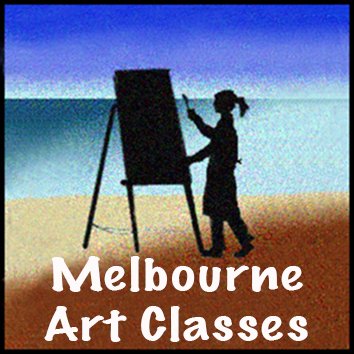side views of the head
If anything I feel like most noggins are more like an eggy oval from the front and a circle overlapping an oval from the side, but I started drawing heads from life at such a young age that I never used any of these canons or geometrical structuring methods myself.
I work all the time with people who have not drawn much at all, even as children and we have found that these structural methods are very helpful if you are just starting to draw heads realistically as an adult. No canon is perfect, but they are good for remembering proportions, and in the end you are going to need to train your eye for the differences between a subject and a ’ standard head if you are to aim for individual likenesses.(i.e. portraits)
I recommend to figure drawing newcomers to use this method to get the ear in and the (previously defined) 10 vertical measures of the main features along the length of the face, but otherwise, practice observation and drawing real faces.
I know people who have tried to draw faces realistically after years of building according to 'formulas' (canons) and old habits are very hard to break when they want to get a likeness realistically (however, if you want to draw action figures, and other animated figures, it is a great place to start, and The Andrew Loomis method much better for that.- (right)
Take a look at the 3 side views of heads below. Using the two-oval method, notice that the ear is always positioned in the corner where the two ovals intersect, the eyebrow is around the top of the ear level, and the eyes are about halfway from the top of the head to the chin. Also, note that in this canon,the nose and lips touch the front edge of the vertical oval and the chin sticks out a bit.
There is another measure that is standard in both canons. The ‘thirds measure’, so from chin to base of the nose, from the base of the nose to eyebrow, the eyebrow to average hairline are all about the same. (In addition the line between the two lips is about a third of the distance between the base of the nose and the bottom of face (chin).
These are some of the measures that we make unknowingly when we spot a ‘different’ looking face. eg a lower than average hairline, ‘no chin’, ears lower and smaller.(or higher and larger). The artist who is better at nailing an average ‘egg-head’ is better at getting a likeness







